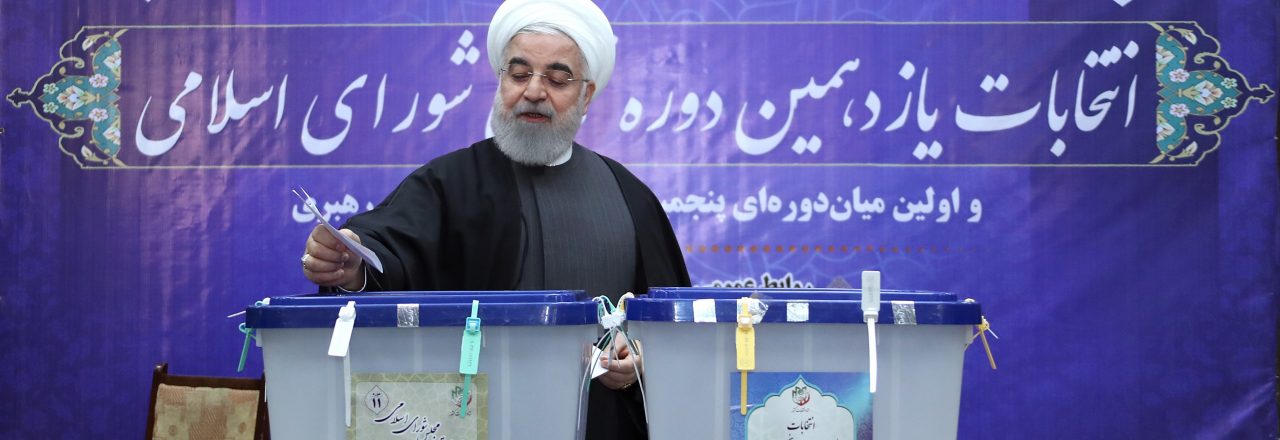
Conservatives win the parliamentary elections in Iran
The Islamic Republic of Iran held its 11th parliamentary election since the 1979 revolution on 21 February. Low-key and hard-line conservatives obtained the majority of the votes, while most moderates and reformists were disqualified. The electoral system in Iran provides that the Guardian Council – a body of six clerics appointed by Supreme Leader Ayatollah Ali Khamenei and six jurists appointed the Assembly of Experts – oversees the elections, which means that candidates can be barred if they do not meet the Council’s criteria. About half of the 16,000 who applied to run for parliament were disqualified by the Council this year. These elections also registered the lowest voter turnout since the Islamic Revolution, with only only 42% of eligible voters going to the polls as compared with the 62% who participated in the 2016 parliamentary elections. In Tehran, the turnout fell as far as 25%. Khamenei blamed the negative propaganda caused by the outbreak of coronavirus for the low turnout and noted that the result is still acceptable. He expressed his “gratitude to the Iranian people for their massive turnout in the elections, describing it as another great victory for the nation”. The final results show a resurgence of the conservatives, who secured 221 out of 290 seats in parliament, with former Revolutionary Guards’ commander and mayor of Tehran Mohammad Bagher Qalibaf on top of the list of most-voted candidates in the capital. The new parliament will also comprise 16 reformists and 34 independents, while five seats are reserved for religious minorities: Jews, Zoroastrians, Assyrians, Chaldeans, and Armenians. A second round of elections will take place on 17 April for the remaining 14 districts where no candidate obtained 25% of the votes.
- The Euromed news are edited by the team of the Euro-Mediterranean Policies Department of the European Institute of the Mediterranean -


